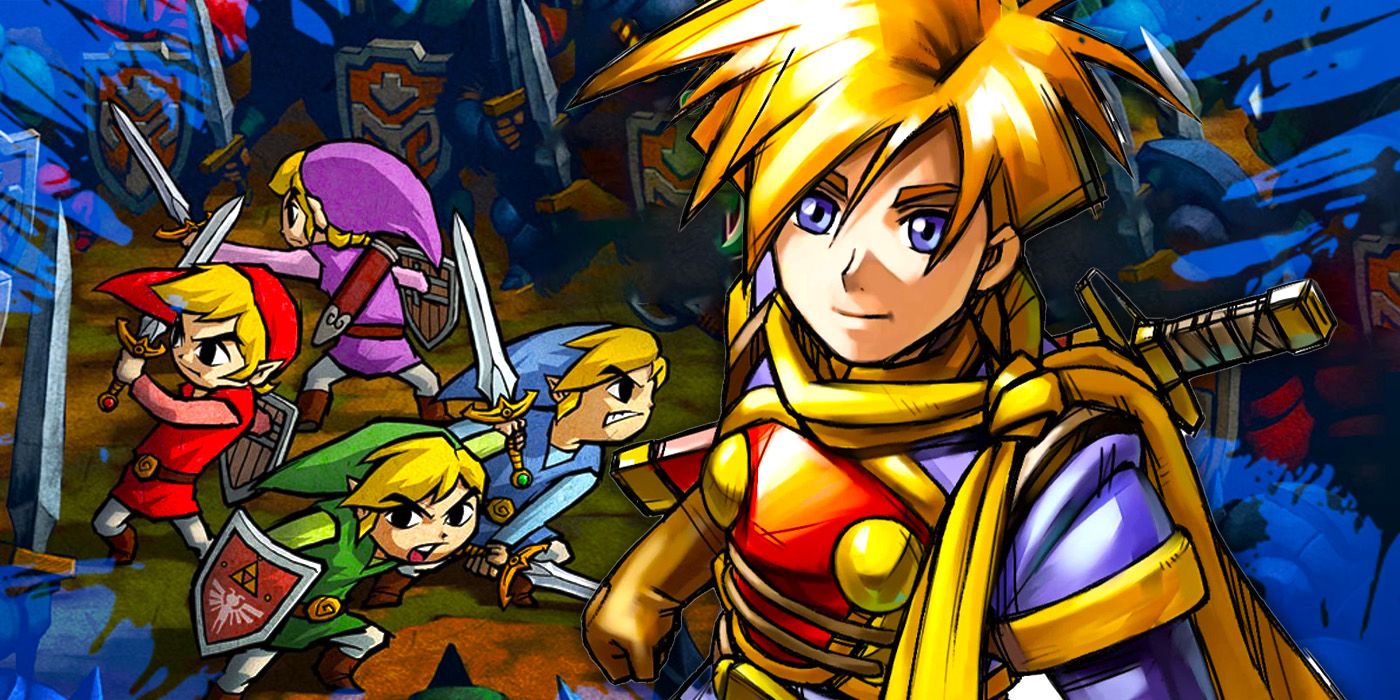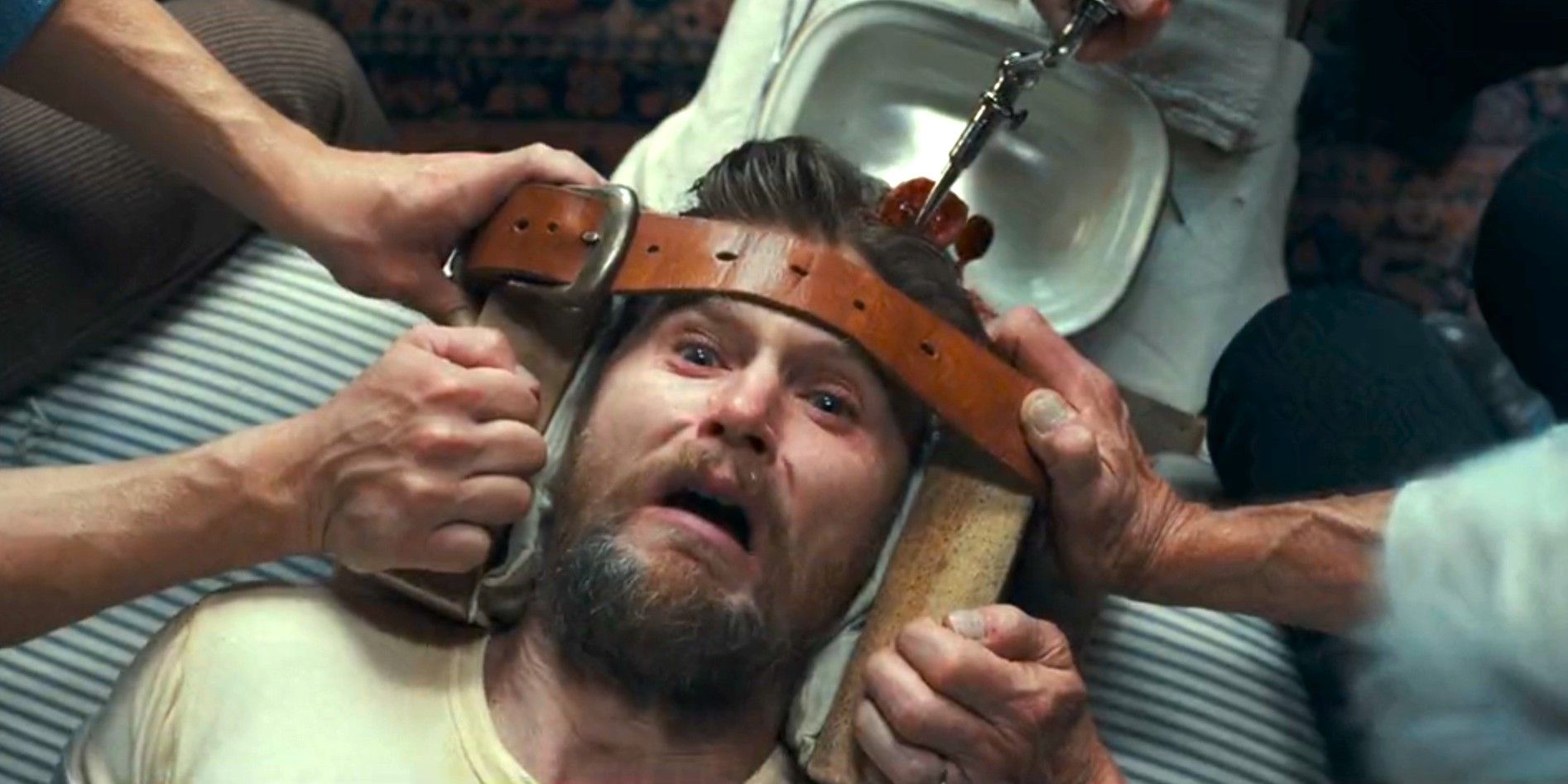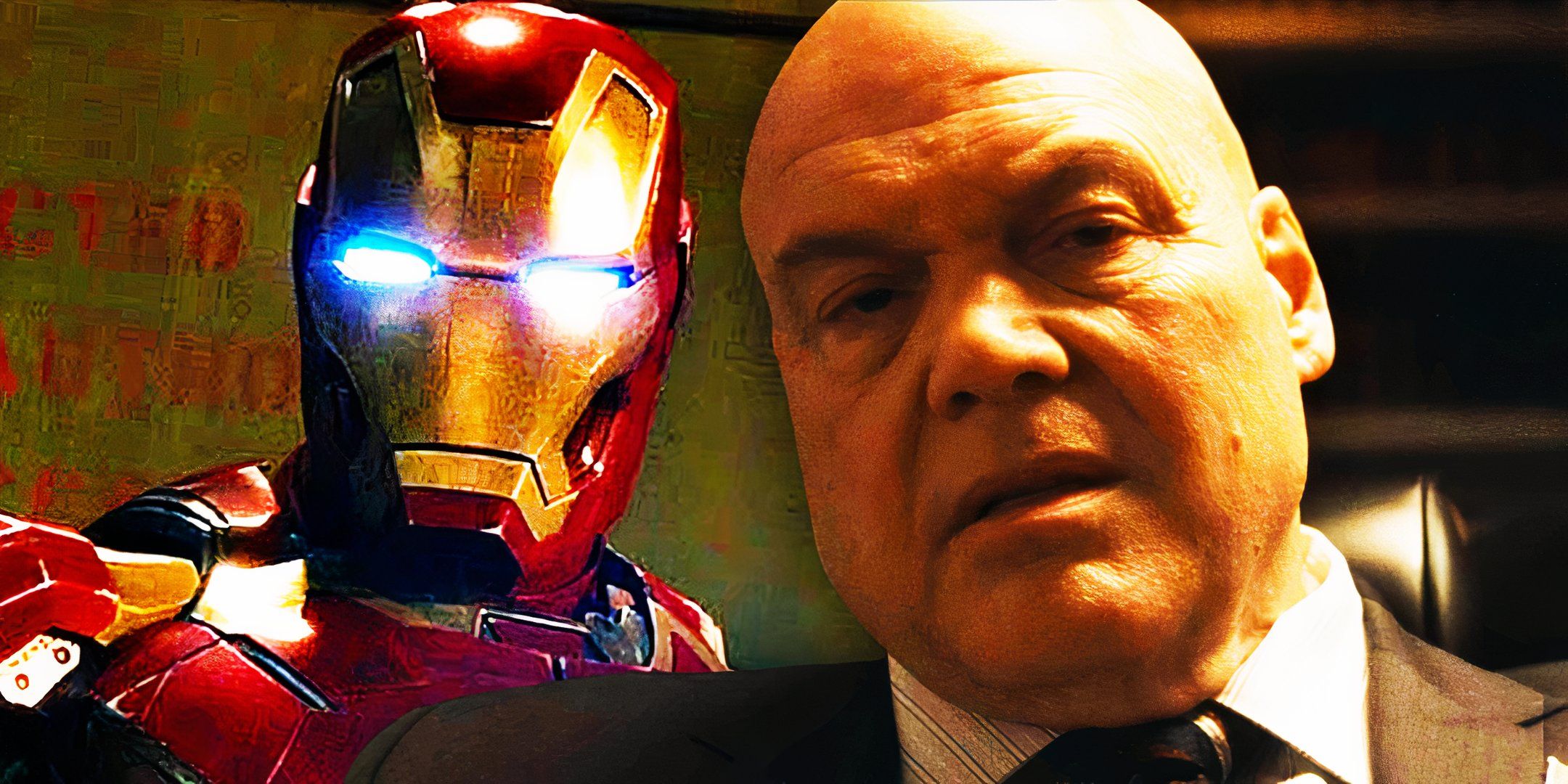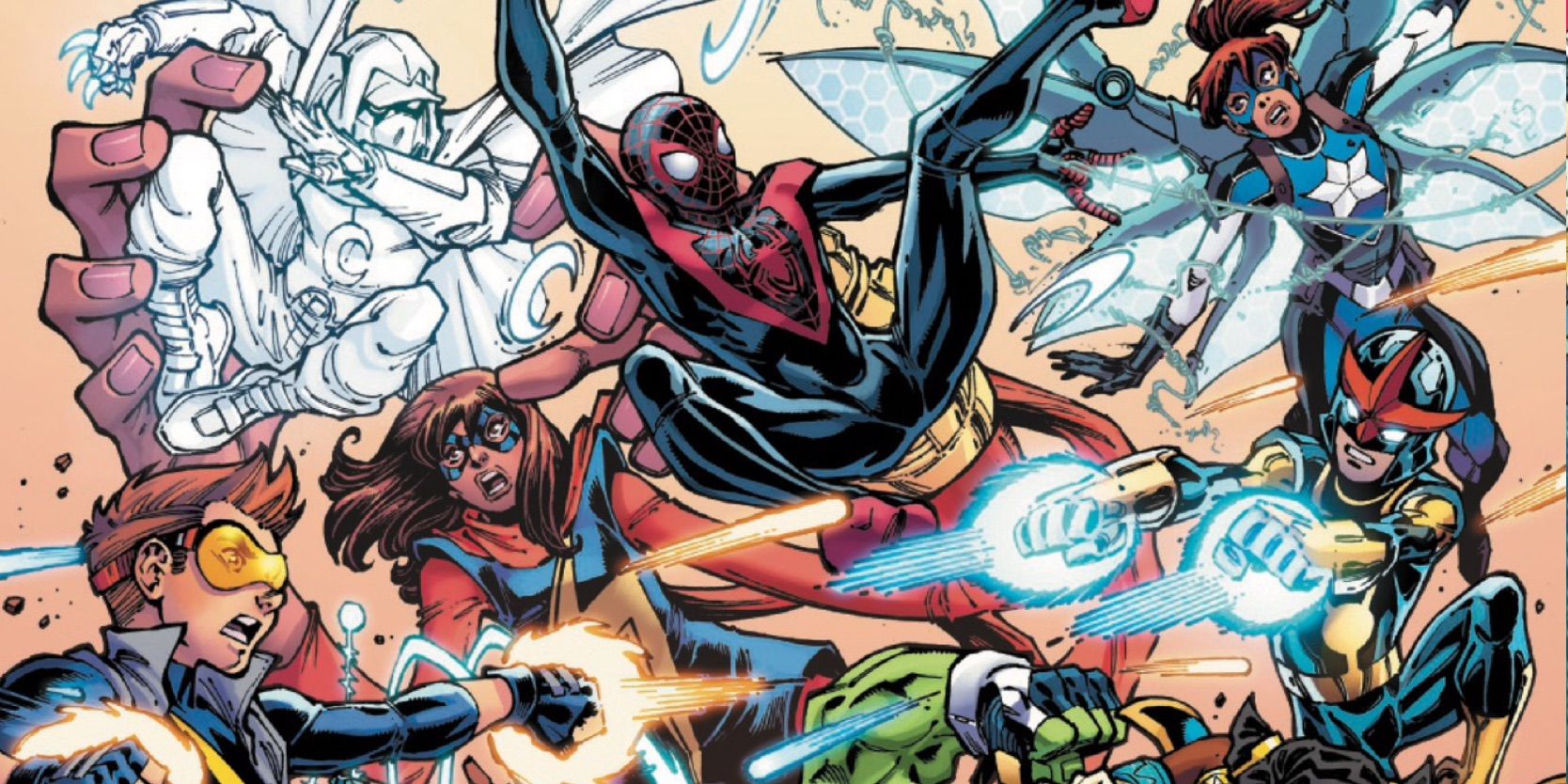15 Best Game Boy Advance Games Of All Time
Summary Game Boy Advance design influenced future Nintendo handhelds by adopting landscape presentation with buttons on either side of the screen.
The game library of the GBA was deep, with many contenders for the best Nintendo games ever made, still relevant and engaging.
The best GBA games include several Legend of Zelda titles, alongside other hits like Golden Sun and Metroid Fusion.
The Game Boy Advance was a landmark achievement for Nintendo when it first released in 2001. As the successor to the wildly popular Game Boy Color, it had big shoes to fill, but its release heralded a few major design changes that would inform the future of Nintendo's handheld launches. Its adoption of a landscape presentation that moved buttons and the D-Pad to the side of the screen became stock for the release of the DS, 3DS, and Switch, and its backward compatibility helped push the notion that it was an evolution of a larger family of handhelds that would be worthy investments for years to come.
The Game Boy Advance wasn't just a major hardware upgrade, however. It also pushed handheld gaming towards greater heights. Whether it was the adaptation of something old or the innovation of something new, the Game Boy Advance game library was deep by the end of its life cycle, with a number of contenders for some of the best Nintendo games ever made. With so many options to choose from and a number of ways to play them today, they're still relevant and engaging, too. These games are the best GBA games ever made, and well worth checking out in 2024 with the right hardware.
Related 15 Best Mobile Games Right Now The 15 best mobile games available now range from long-time favorites like Pokemon GO to newcomers such as Ex Astris, spanning a number of genres.
15 The Legend of Zelda: The Minish Cap
Metascore: 89
Your browser does not support the video tag.
The Legend of Zelda: The Minish Cap is a prequel to Four Swords, detailing how the titular sword came to be and providing backstory for main villain Vaati. As a top-down Legend of Zelda game, it's reminiscent of many of its earlier efforts that were adapted to handheld, such as A Link To The Past. It was well-received upon release, and has since gone on to be considered one of the best GBA games ever made, having won an award for GBA Game of the Year in 2005 and remaining relevant to the series ever since.
The main twist on standard Legend of Zelda gameplay involves the Minish Cap, which allows Link to shrink in size. This change in scale also changes how Link can interact with the game world; some entrances or portals are too small for a normal-sized Link, but shrinking down can create obstacles out of every day items and environments, like puddles that suddenly become too deep and large to traverse successfully. It's a fun twist that keeps with the spirit of the franchise since Ocarina of Time, featuring an item that can create multiple puzzles/memories out of the same areas.
14 Tactics Ogre: The Knight of Lodis
Metascore: 88
Close
Tactics Ogre: The Knight of Lodis follows the knight Alphonse as he navigates the brutal politics of a war-torn land. It's a prequel to several other games in the series, and features an A+ ending that was so hard to get - and so needlessly obscure - many people likely don't know who Alphonse's identity in future games is (which is a shame, because it's quite the backstory). The Knight of Lodis also features the series' trademark tactical gameplay, with deep skill systems and strategies available to those who want to dive into the more detailed elements of its mechanics.
The biggest victory for Tactics Ogre: The Knight of Lodis, however, was proving that tactics games could be successfully brought to the Game Boy Advance in ways that didn't sacrifice their identity for simplicity's sake. Contextually, Tactics Ogre: The Knight of Lodis helped pave the way for future tactical RPGs on the Game Boy Advance and, by extension, helped create a healthy environment for future great instalments in Fire Emblem or Final Fantasy Tactics to exist. It's also a great title in its own right and is definitely one of the best GBA games of its era.
13 WarioWare, Inc.: Mega Microgame$!
Metascore: 89
Close
WarioWare, Inc.: Mega Microgame$! is the obnoxiously titled collection of minigames that is the debut title for the series, launching in 2003 for the Game Boy Advance. It released to extraordinary acclaim, having been rated one of the best handheld games of all-time, one of the best games of all-time in general, and as one of the most innovative games created in its era. Its success founded the WarioWare, Inc. series and helped create a foundation upon which other "games that are collections of games" could be built - think Jackbox, even, many years later.
The gameplay of WarioWare, Inc.: Mega Microgame$! is simple: bombard players with a series of simple minigames with little respite and an increased speed as things progress. That bare bones aesthetic and concept yielded an incredible party game, and it features over 200 minigames to keep things fresh for players. That many was necessary given its pacing, too, which is absurd in a compelling way. Every platform needs its far share of weird games that somehow find success, and it's hard to argue that WarioWare, Inc.: Mega Microgame$! wasn't the best GBA game to achieve that feat for its time.
12 Pokemon Ruby & Sapphire
Metascore: 82
Close
Perhaps the biggest criticism that Pokemon Ruby & Sapphire faced when they released in 2002 was that they were more of the same thing - somewhat hilariously now, given that's often a criticism Pokemon titles in 2024 face, too. What they lacked in innovation they made up for in refinement, however, adding 135 new Pokemon while honing systems that had already been beloved by fans. Graphics were tightened up when compared to previous generation releases, too, which helped add to the appeal.
Ultimately, Pokemon Ruby & Sapphire are great games that were certainly boosted by their status as entries into an historic franchise. That said, these are the two best Pokemon games for GBA, and it would be impossible to leave the franchise off a list discussing the handheld device. The introduction of double battles and continued excellence in Pokemon designs make it a worthwhile endeavor, and its remakes prove there's interest in revisiting the Hoenn region.
11 Golden Sun
Metascore: 91
Close
Golden Sun was a landmark JRPG release when it arrived in 2001. It marked a new era for handheld RPG titles, with superior graphics, far better audio design thanks to the GBA's capabilities, and a deeper story and playtime that allowed it to breathe and achieve a narrative that was remarkable and fleshed out. Djinn-based gameplay helped differentiate its combat systems from competitors, while Psynergy allowed for deeper strategy, offering players choices and depth that were usually, in this era, reserved for console releases.
Golden Sun is important not just because it's a great JRPG, but because it's one of the best GBA games of all time. It challenged convention of what was possible for a title in this genre to achieve on a system with lower power capabilities than consoles. It's hard to discern just how much of an impact Golden Sun had on modern gaming's landscape, but it was one of the innovators of its era that helped prove developers weren't "wasting" their time by developing an ambitious, story-first title on a handheld system.
10 Metroid: Zero Mission
Metascore: 89
Your browser does not support the video tag.
Metroid: Zero Mission is a 2004 remake of the original Metroid released in 1986. It's a retelling of the classic story that doesn't stray too far from anything that was already considered canon, but helps explore Samus' past and tread new ground for a character who had become much more iconic in the interim between the two releases. Beyond the story beats, Metroid: Zero Mission also features additional areas, mini-bosses, and new items, and also adds difficulty levels to help diversify the content available for players who may be enjoying it for the first time or returning after a history with the original Metroid.
One of the most important contributions Metroid: Zero Mission made to gaming was its rock-solid performance as a noteworthy remake for a handheld device. The Game Boy Advance was enough of a leap forward technologically that Nintendo was able to revamp an old classic, which proved two things: there's a market for well-made remakes, and handheld devices were perfect homes for them, allowing them to be taken on the go. Metroid: Zero Mission is also one of the best GBA games - and games in general - of all time, having found critical and commercial success in its life cycle.
9 Mario & Luigi: Superstar Saga
Metascore: 90
Close
Mario & Luigi: Superstar Saga was originally released in 2003 for Game Boy Advance and immediately represented a new spin on the Super Mario RPG formula. Rather than lean too heavily into a fantasy-inspired narrative or take itself too seriously, Superstar Saga was immediately humorous and never strayed away from that conceit. The result was a raucous good time that didn't detract from its surprisingly deep gameplay, and it helped provide a blueprint for the potential of Super Mario spin-offs that were funny-first endeavors.
As much as the humor was a major selling point, however, that's not what makes Mario & Luigi: Superstar Saga one of the best GBA games ever. Controlling Mario and Luigi simultaneously, players must perform elaborate battle maneuvers that focus much more on timing than anything turn-based. It's a system that would be revisited multiple times for Super Mario RPGs - at least in concept if not in exact function - and it helped make the game's home on the Game Boy Advance feel justified, since the simplified combat felt more appropriate for a title on that platform.
8 Castlevania: Aria of Sorrow
Metascore: 91
Close
Castlevania: Aria of Sorrow is an interesting discussion. The third instalment of the series to arrive on Game Boy Advance, it's perhaps the most ambitious, introducing new systems and a storyline set in 2035 that featured protagonist Soma attempting to stymie a prophecy about Dracula's resurrection in his castle. The game features a few fun plot twists and visuals that place it right at home in the Castlevania franchise, but it sold quite poorly in Japan initially, with sales in the West helping make up some of that disappointment but positioning it more as a cult classic.
Critical reception, though, was quite another story. Castlevania: Aria of Sorrow's introduction of the Tactical Soul ability was near-universally praised as a breath of fresh air that stayed true to the franchise's identity, allowing Soma to absorb the souls of defeated enemies to gain additional abilities. Audio engineering and excellent enemy sprites highlighted other areas of praise, but it was truly the gameplay that solidified Aria of Sorrow as one of the best Castlevania games of all time, rivaling even Symphony of the Night.
7 Final Fantasy VI
Metascore: 92
Your browser does not support the video tag.
While most of this list stays away from ports, there's one well worth mentioning: Final Fantasy VI. Its original release in 1994 saw it praised as another Square classic, a timeless JRPG with a sweeping, spectacular story and turn-based gameplay that made the genre continue to churn out hit after hit thanks to its strategic depth. When this version released in 2007 - at the tail end of the Game Boy Advance's lifespan - everything that was previously said about FF6 remained true, even if there had been many leaps in technology since.
What Final Fantasy VI did in 2007 - besides add a quick-save function in its Game Boy Advance release that was a lifesaver - was reintroduce a new generation of RPG fans to a fundamental classic, an influence on the genre that's still felt in modern gaming. Final Fantasy VI is one of the best JRPGs ever made and it became infinitely more accessible to people once it arrived as a fully realized port that sacrificed nothing to also become one of the best GBA games ever released.
6 Metroid Fusion
Metascore: 92
Close
Metroid Fusion's 2002 release was as important as it was heavily anticipated - it was the first Metroid title for the Game Boy Advance and the series' longstanding reputation would be affected by how it was received. It's good for everyone, then, that Samus' adventure here is considered one of her better ones - it won a slew of "Best of" awards for GBA in its release year, and retrospectives have identified it as an excellent Metroid title even absent consideration for the platform it released on.
Metroid Fusion did mark a few departures from the series' norm that were controversial, however, with an increased focus on linearity and a shorter playtime as a result. While this was a point of contention for many critics, the game ultimately won most of them over in spite of these qualms - if they existed in the first place for the critic - thanks to stellar gameplay and environmental design, with particular praise given to the secret areas that were notably fun to find.
5 Super Mario World: Super Mario Advance 2
Metascore: 92
Close
Super Mario World: Super Mario Advance 2 doesn't reinvent the wheel at all, choosing to basically port the same experience of Super Mario World to the Game Boy Advance without much fanfare or change. That's for the best, because Super Mario World is an all-time classic that needs very little in the way of modernization to be considered a great release, and its presence on the handheld system during its life cycle helped move units simply because ease of access to the title was so desirable.
That isn't to say that Super Mario World: Super Mario Advance 2 changes nothing, though. The game gives Luigi his own unique set of characteristics that makes swapping to him meaningful, different colors of Yoshis can be found earlier in the game here, and a results screen helps players know when they've fully completed the game's Dragon Coin collection. Largely, though, this is the exact same game that millions fell in love with years earlier, and it mostly helped prove the Game Boy Advance was a fruitful endeavor for potential ports.
4 Advance Wars
Metascore: 92
Your browser does not support the video tag.
The Wars franchise is perhaps one of gaming's most underappreciated in spite of its critical acclaim, and it all came to a head with Advance Wars, the sleeper hit-turned-strategy superstar that released for the Game Boy Advance in 2001. Designed specifically to be more appealing to a Western audience - which involved simplifying some of the mechanics and adding an in-depth tutorial - the game made good on its promise and was enough of a success to create demand for a sequel. Its turn-based strategy gameplay combined tactics and aesthetic to create something memorable.
As one of the best GBA games ever made, Advance Wars also created a foundation for future releases to find fertile ground globally rather than just inside Japan. Developer Intelligent Systems made tactics RPGs that had been considered too alienating to consider launches in the West - the success of Advance Wars is frequently cited as a reason that another Intelligent Systems property, Fire Emblem, eventually got the same treatment and arrived as a global release not too long after.
3 Mario Kart: Super Circuit
Metascore: 93
Close
Mario Kart: Super Circuit is the only game in the franchise to be developed by Intelligent Systems, and was the first to be released on a handheld device. The Game Boy Advance saw some huge hits release for it early in its life cycle, and Mario Kart: Super Circuit's 2001 launch was one of those major developments. Gameplay and visual presentation were both noted by critics at launch for being impressive, though a lukewarm reception to the game's multiplayer makes it less of a superstar title retrospectively when compared to other Mario Kart releases that came later.
Replay value was the name of the game when it came to positive critiques of Mario Kart: Super Circuit. The grading system in the game helped make tackling best times more palatable, and the large variety of tracks made mastering them a time-consuming but fun endeavor. The ghost mode, which let players race against a ghost version of their friends that used their best times, also created a single-player mode that still felt like playing alongside others. While there are better Mario Karts, that's more high praise for the series than a detractor from this iteration - it's still one of the best GBA games ever made.
2 Super Mario Advance 4: Super Mario Bros. 3
Metascore: 94
Your browser does not support the video tag.
Super Mario Advance 4: Super Mario Bros 3 is, in spite of its exceptionally confusing name, an enhanced version of Super Mario Bros 3, and was released for the Game Boy Advance in 2003. It is considered by many to be the definitive version of that game, featuring a few major updates that provided a good reason to pick it up again. The base of this remake is also one of the best Super Mario Bros. games ever made, so it's hardly in need of too many updates to become something truly special.
Super Mario Advance 4: Super Mario Bros 3 made two major enhancements: one, the game features Charles Martinet recording voiceovers for Mario and Luigi; and two, the game features a multiplayer mode based on the original arcade Marios Bros. game. These two additions were huge at the time, providing a bit more character to the release, even if it was marred by the ill-fated Nintendo e-Reader being married to some of its features. Quick save and replay functionality did more than enough to make up for that, too, and help revitalize a truly classic title.
1 The Legend of Zelda: A Link to the Past and Four Swords
Metascore: 95
Close
What happens when a company combines one of the best 2D games ever made, remasters it to include a few minor upgrades, and then slaps on an entirely new, multiplayer-only spin-off of its beloved series with (for the time) incredible handheld graphics? You get The Legend of Zelda: A Link to the Past/Four Swords, a compilation launch that features a classic of the franchise and an original game that forced players to cooperate with each other to solve puzzles true to the identity of The Legend of Zelda.
These two games combined represented the pinnacle of Game Boy Advance design - a platform that was home to some of the savviest, impressive remakes of older Nintendo games and a handheld that pushed the technology behind that genre of gaming to new heights. There's a reason this release is so frequently cited as the best GBA game ever - other than the fact its technically two - and that's because it represented the ideology behind the GBA and made good on it at the same time.











COMMENTS